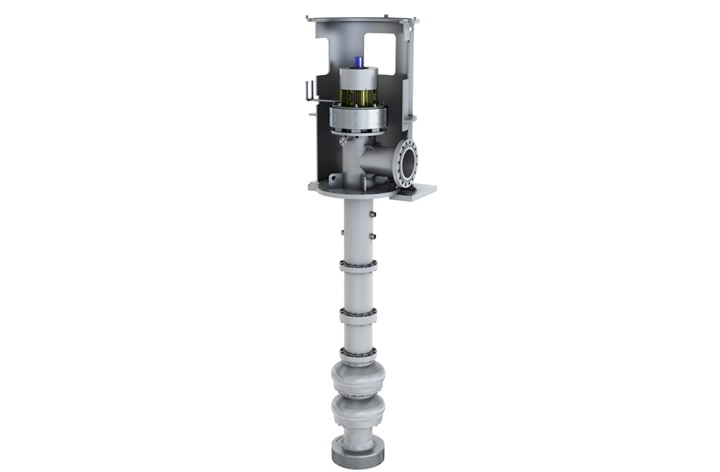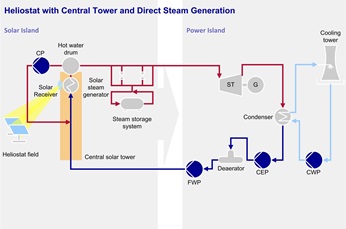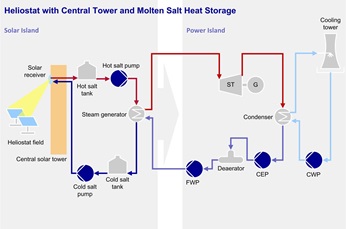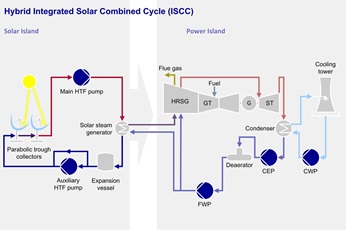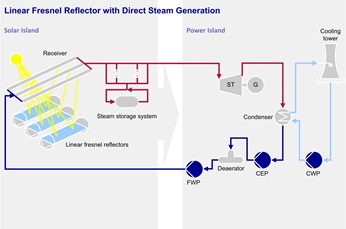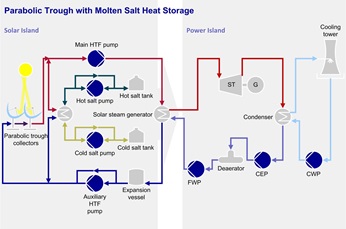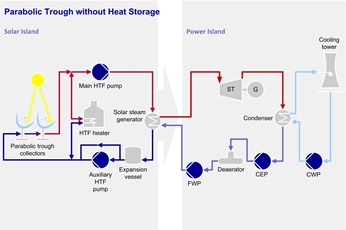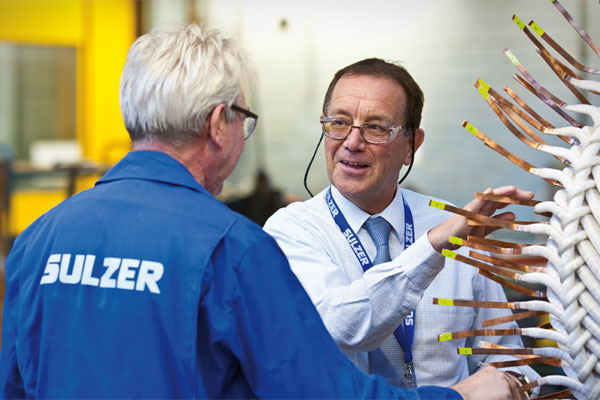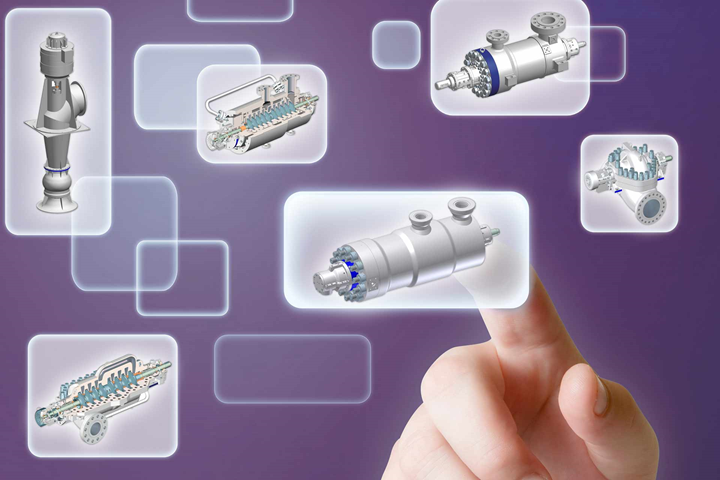Products
-
VEY and VNY molten salt pump for concentrated solar powerThe VEY and VNY are vertical mixed-flow molten salt pumps with high capacity and medium to high head. Its design includes hydraulics from proven ranges. These pumps have been engineered to balance high efficiency, low submergence, net positive suction head required (NPSHR) considerations, long lifetime and reliability as required for concentrated solar power.
